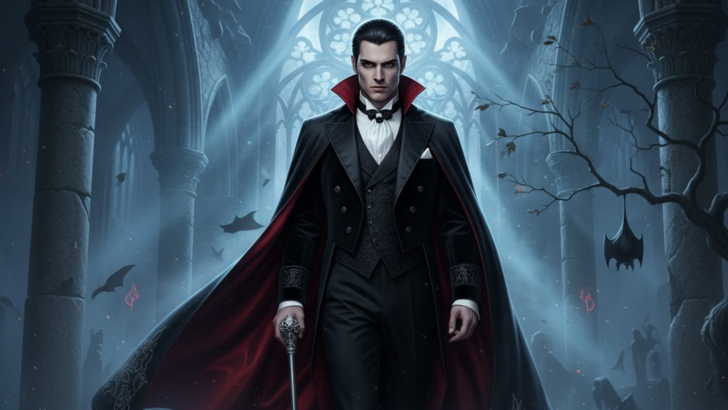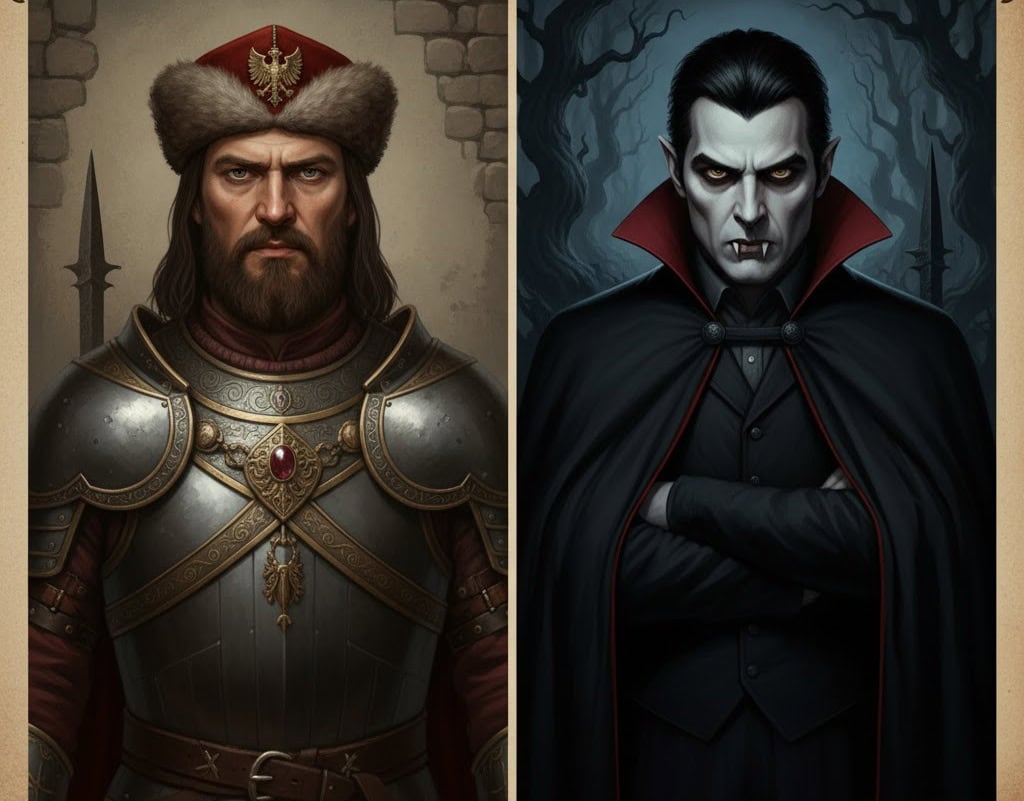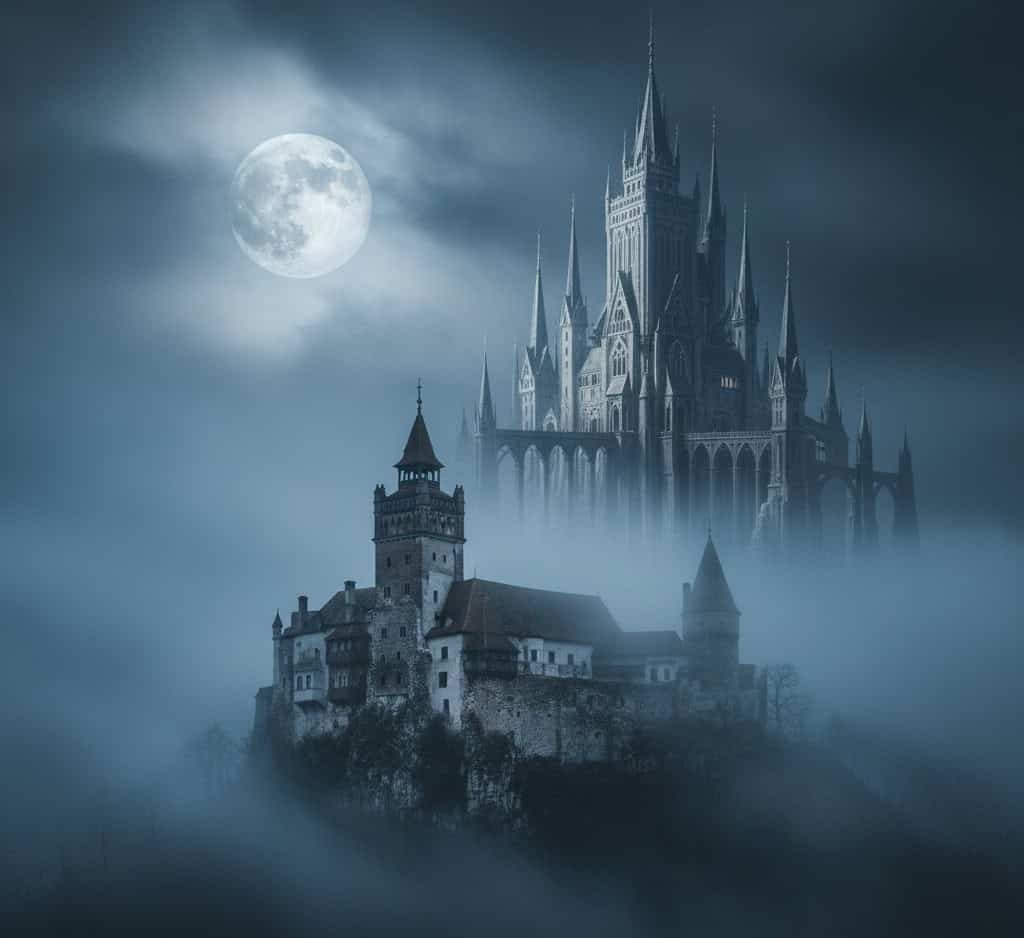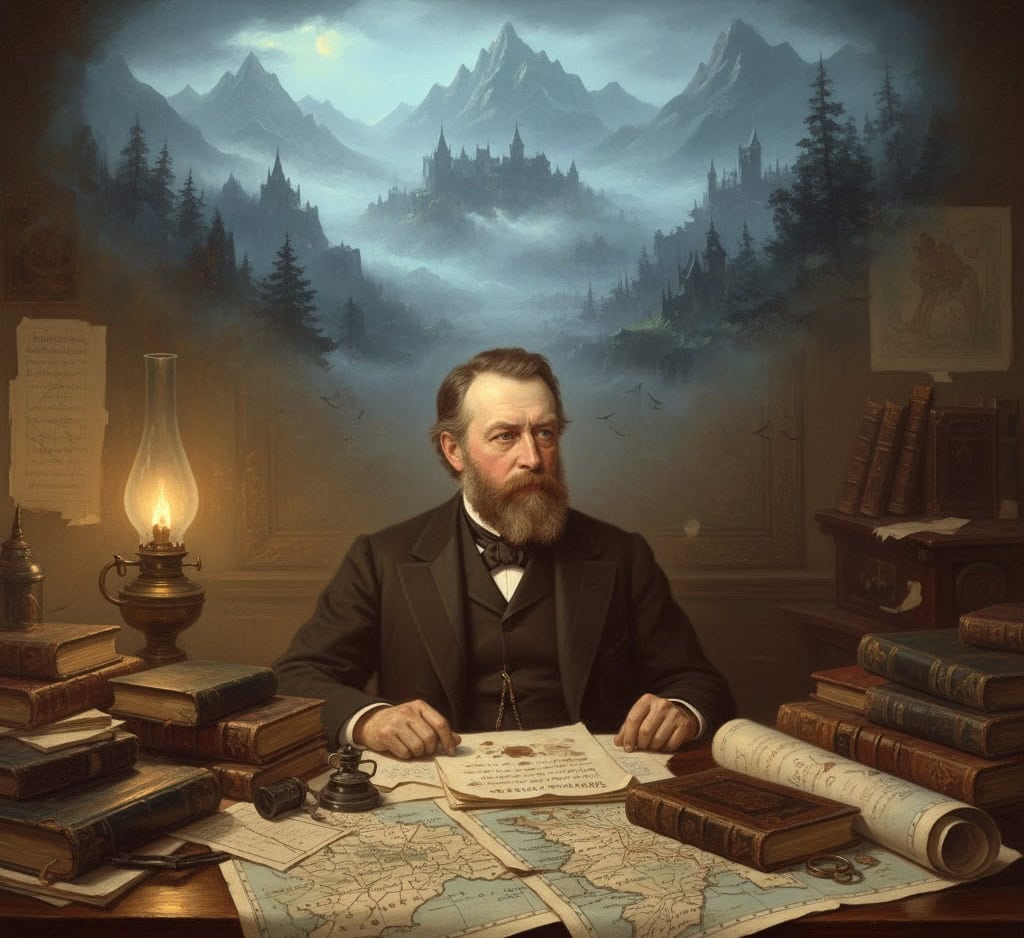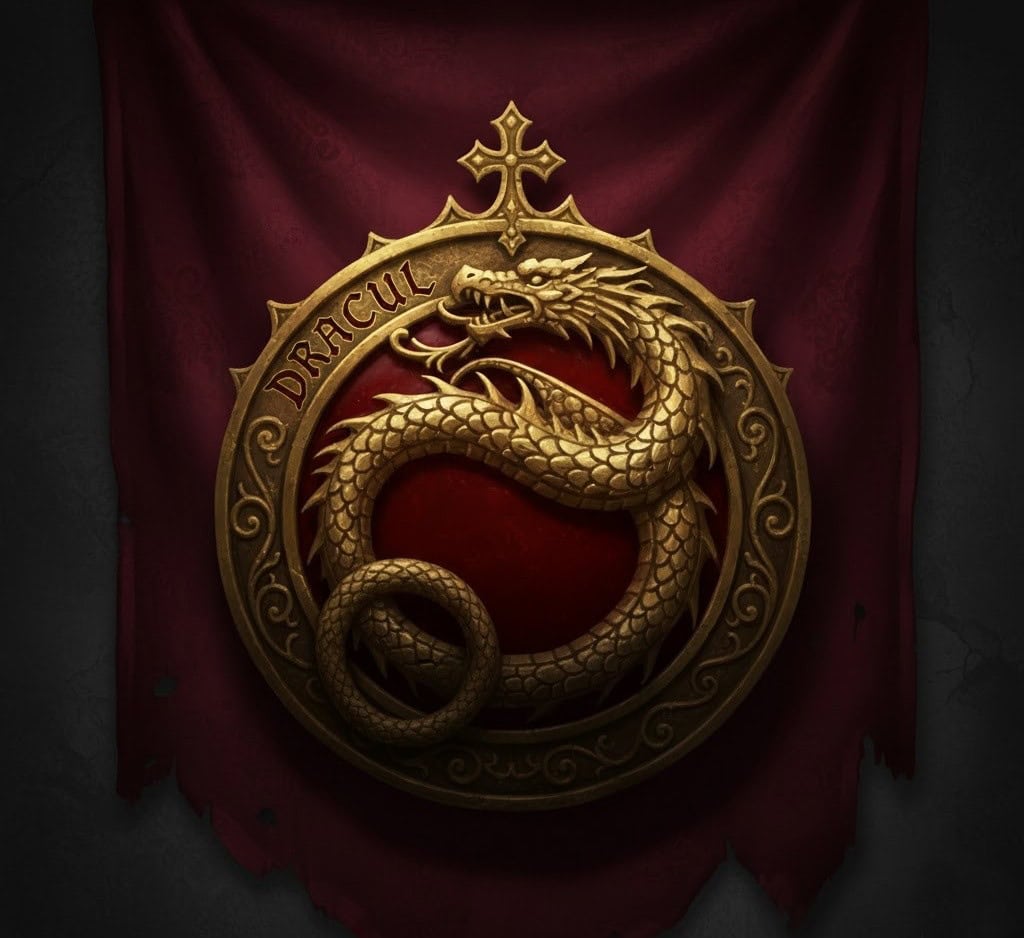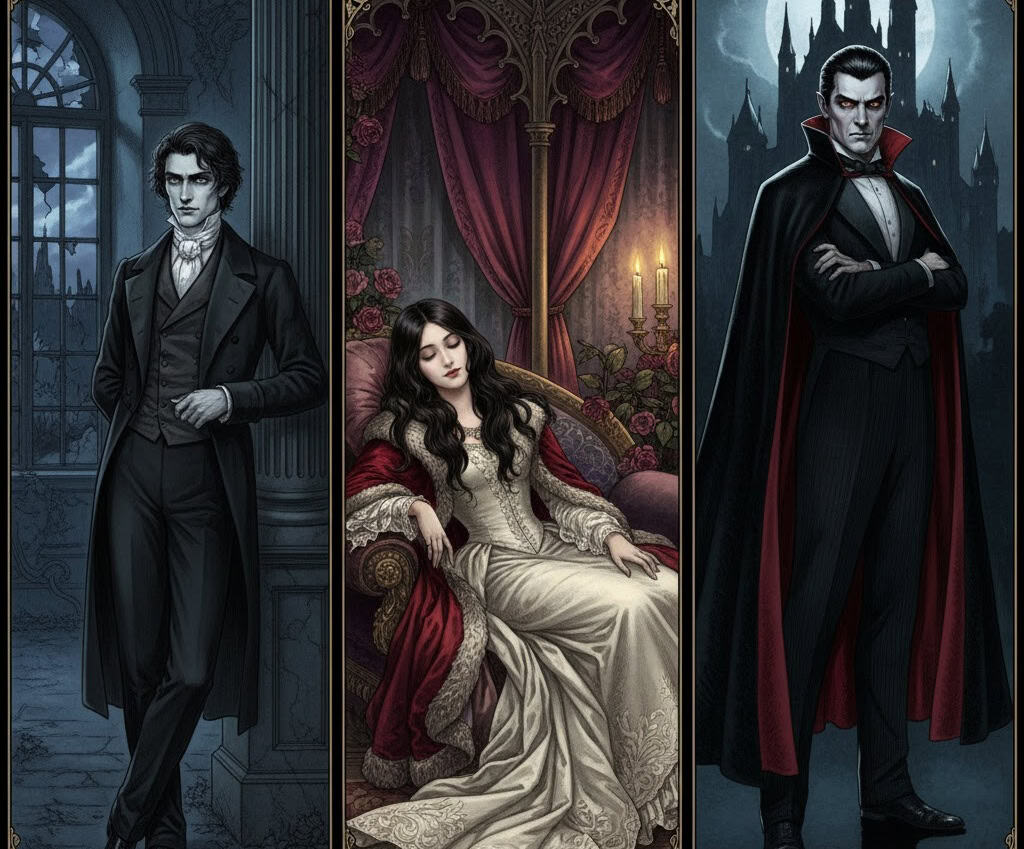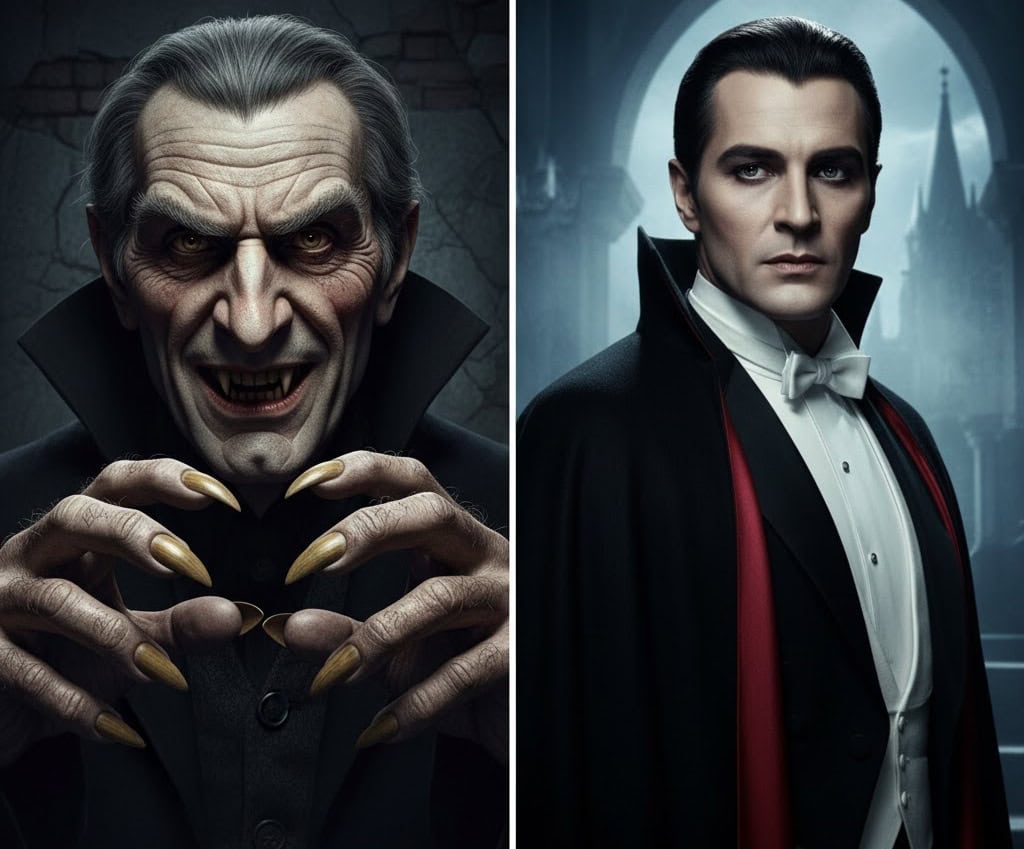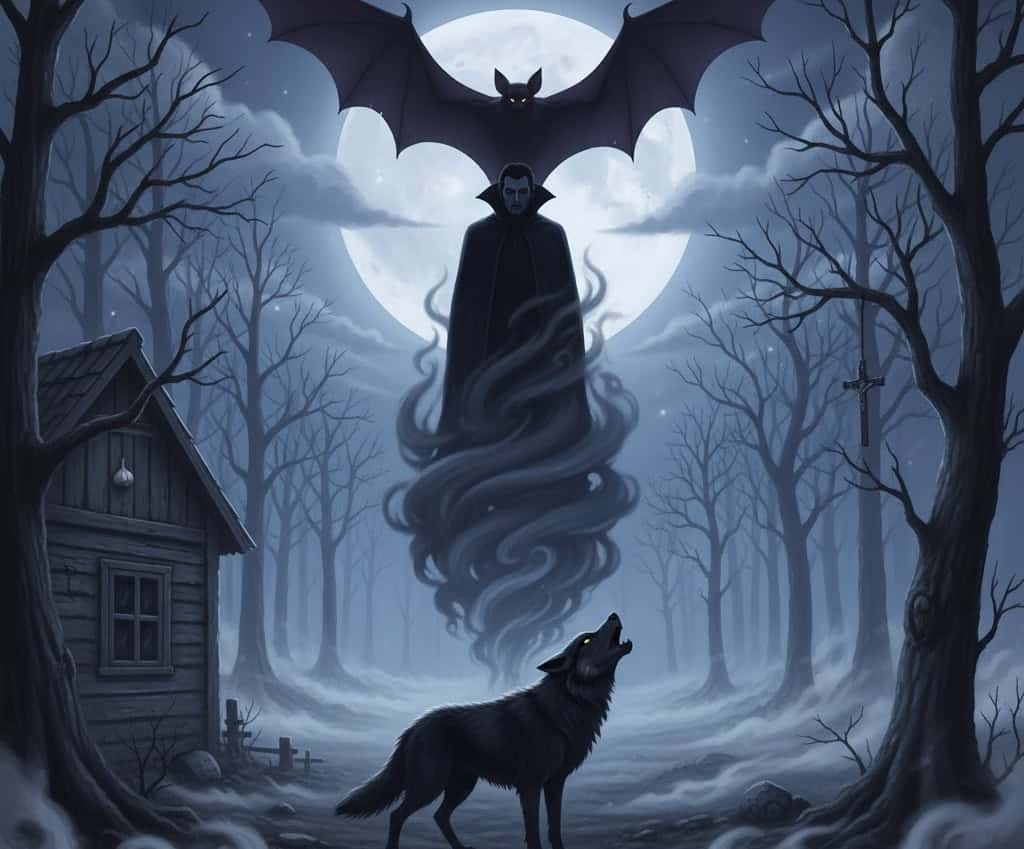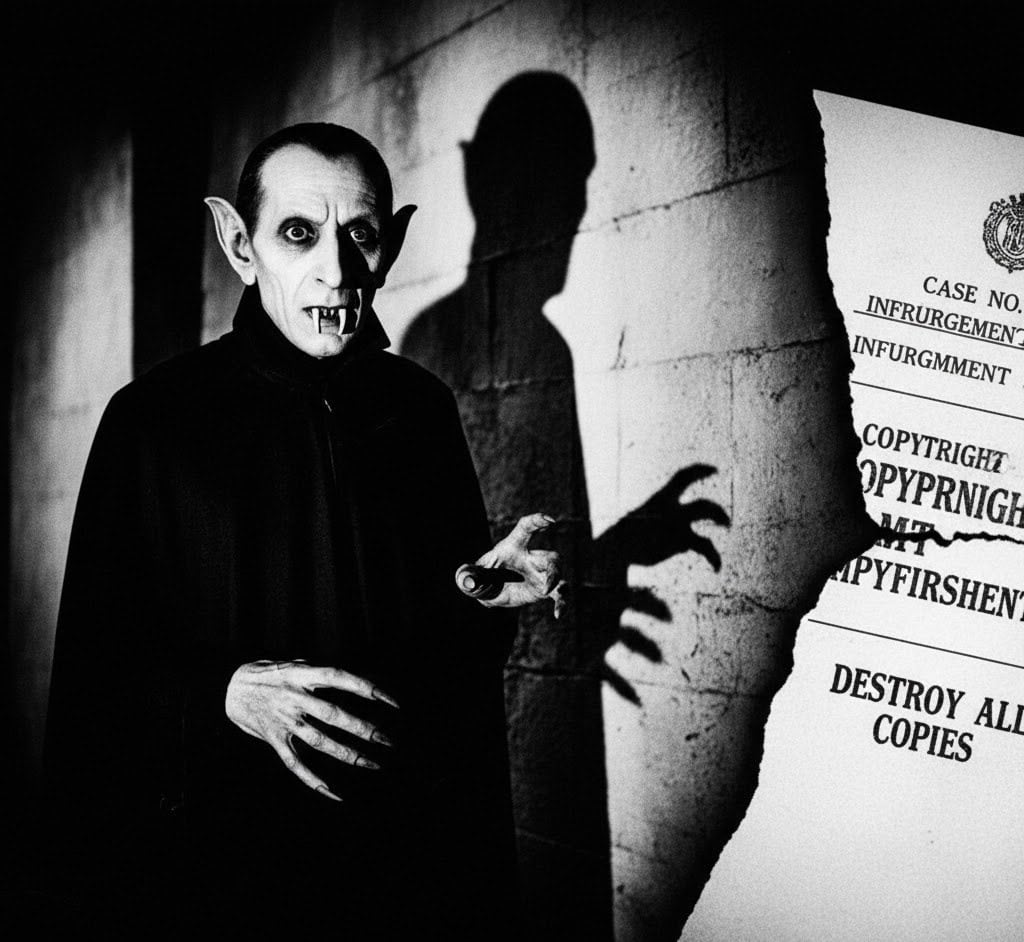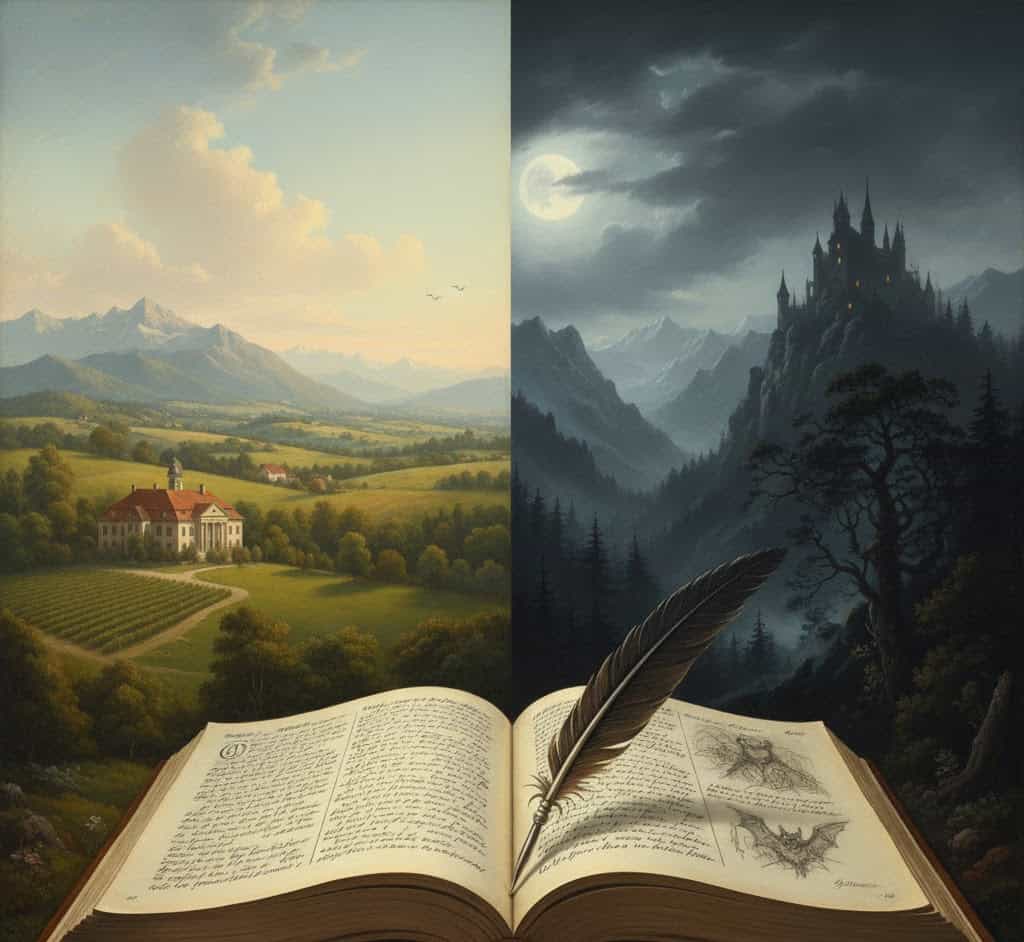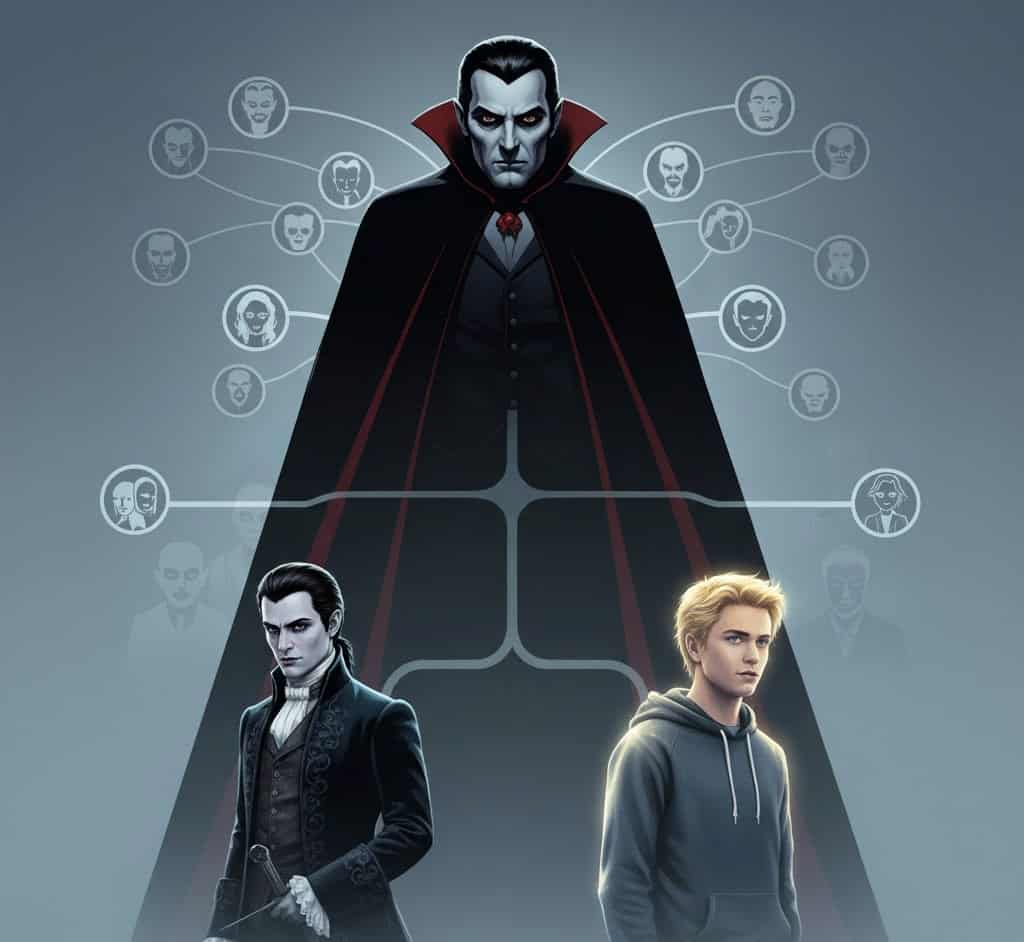There are few names in literature as haunting and powerful as Dracula. The dark count from Transylvania has become more than a character—he’s a symbol of fear, mystery, and forbidden allure.
Ever since Bram Stoker published Dracula in 1897, the story has captivated readers and inspired countless films, shows, and retellings.
But behind the fangs and capes lies a world of fascinating history, hidden facts, and surprising truths.
From the real man who inspired the legend to the strange ways the vampire myth evolved, here are 10 facts about Dracula that will truly amaze you.
1. Dracula Was Inspired by a Real Prince
Many people know Count Dracula as a fictional vampire, but few realize he was inspired by a real historical figure.
Vlad III, also known as Vlad the Impaler or Vlad Drăculea, was a 15th-century ruler of Wallachia, a region in modern-day Romania.
He was known for his brutal tactics against enemies, often impaling them on wooden stakes as a warning.
Bram Stoker used his name and fierce reputation to shape the Count’s terrifying character.
However, the real Vlad was not a vampire, just a ruthless leader defending his land. Still, the connection between the two has forever linked history and horror.
2. Dracula’s Castle Doesn’t Really Exist
In Bram Stoker’s novel, Dracula’s castle looms over the Transylvanian landscape like a nightmare, perched on a rocky cliff and surrounded by wolves.
Yet there is no exact match for this castle in reality. Some say Stoker based it on descriptions of Bran Castle in Romania, but the author never visited the country.
His notes suggest he imagined a completely fictional structure. Still, Bran Castle has become a popular tourist spot for Dracula fans, who love the eerie resemblance and haunting atmosphere.
3. Stoker Never Visited Transylvania
It’s fascinating that Bram Stoker never set foot in Transylvania, the region most associated with his novel. He gathered all his information from books, maps, and travel guides.
He studied folklore and geography from the British Museum and crafted a chillingly detailed world without ever seeing it in person.
This makes his vivid storytelling even more impressive. His imagination painted landscapes so haunting that readers believed they must be real.
In truth, the power of Dracula’s Transylvania came entirely from research and a writer’s creativity.
4. The Name Dracula Has Religious Origins
The name “Dracula” sounds sinister, but it actually comes from a religious title. Vlad III’s father was a member of the Order of the Dragon, a knightly order dedicated to defending Christianity.
He was known as “Vlad Dracul,” meaning “Vlad the Dragon.” His son became “Dracula,” which literally means “son of the dragon.”
Over time, the word “drac” in Romanian also came to mean “devil,” adding a darker twist to the name.
When Bram Stoker discovered it, he found it perfect for his bloodthirsty villain. The name itself carried both divine and infernal echoes.
5. Dracula Was Not the First Vampire in Literature
While Count Dracula is the most famous vampire in fiction, he was not the first. Decades before Stoker’s novel, other writers explored vampire myths.
John Polidori’s “The Vampyre” (1819) introduced a sophisticated, charming undead nobleman, and Sheridan Le Fanu’s “Carmilla” (1872) told the story of a female vampire haunting a young woman.
Stoker built upon these early works, blending folklore and Victorian fears to create his unique monster.
Dracula became the archetype that all later vampires would be compared to. His mix of charm, mystery, and terror reshaped the image of the vampire forever.
6. The Original Dracula Was Much Less Romantic
Modern portrayals often show Dracula as a darkly attractive figure, charming women with his mysterious allure.
But Bram Stoker’s original character was far from romantic. In the novel, Dracula is an old, pale, and repulsive being with hairy palms, sharp teeth, and a cruel smile.
He is more of a predator than a lover. The shift to a seductive vampire came later, especially in film and theater adaptations.
Actors like Bela Lugosi and Christopher Lee turned the Count into a figure of dangerous beauty. The transformation from monster to mysterious lover reflects how our fears and fantasies evolved.
7. Dracula’s Powers Came From Old European Folklore
Many of the Count’s supernatural abilities come directly from ancient vampire legends. In folklore, vampires could transform into bats or wolves, control the weather, and mesmerize humans with their gaze.
Stoker collected these myths and combined them into one terrifying being. The Count could crawl down walls, vanish into mist, and summon night creatures.
Yet his weaknesses, like sunlight, garlic, and holy symbols, also came from the same folklore.
These elements made Dracula feel both mystical and strangely believable, grounding fantasy in the fears of the old world.
8. The First Dracula Movie Was Illegal
The first film adaptation of Dracula was not authorized at all. In 1922, the German film “Nosferatu” was released, directed by F.W. Murnau.
It told the story of Count Orlok, a thinly disguised version of Stoker’s vampire. The filmmakers never got permission from Stoker’s estate, and his widow sued them.
A court ordered all copies of the film destroyed. Luckily, a few survived, allowing this masterpiece of early horror cinema to reach modern audiences.
“Nosferatu” became one of the most influential vampire movies ever made, and it kept the Dracula myth alive for future generations.
9. Dracula Was Originally Going to Be Set in Austria
In Stoker’s early drafts, the story was not set in Transylvania but in Styria, a region in Austria. He later moved the setting after reading about Transylvanian legends and geography.
The shift gave the story a more mysterious and remote atmosphere, filled with misty mountains and dark forests.
This new location made the Count seem even more otherworldly, far removed from the safety of modern London.
Stoker’s choice of Transylvania was a creative stroke that gave the novel its timeless Gothic flavor and deepened the sense of dread that readers still feel today.
10. Dracula Changed How We See Vampires Forever
Before Dracula, vampires were mostly seen as grotesque corpses or rural monsters. After Stoker’s book, they became sophisticated, intelligent, and strangely magnetic.
Dracula’s influence reached far beyond literature. He shaped films, theater, and even fashion, inspiring generations of artists and storytellers.
The character’s mix of fear and fascination turned the vampire into a symbol of forbidden desire, immortality, and power.
Every vampire story since then, from “Interview with the Vampire” to “Twilight,” owes something to him.
Dracula didn’t just define a monster; he defined a cultural archetype that still captivates the world today.

Ho sempre sentito una forte connessione con il Divino fin dalla mia nascita. Come autrice e mentore, la mia missione è aiutare gli altri a trovare l'amore, la felicità e la forza interiore nei momenti più bui.

